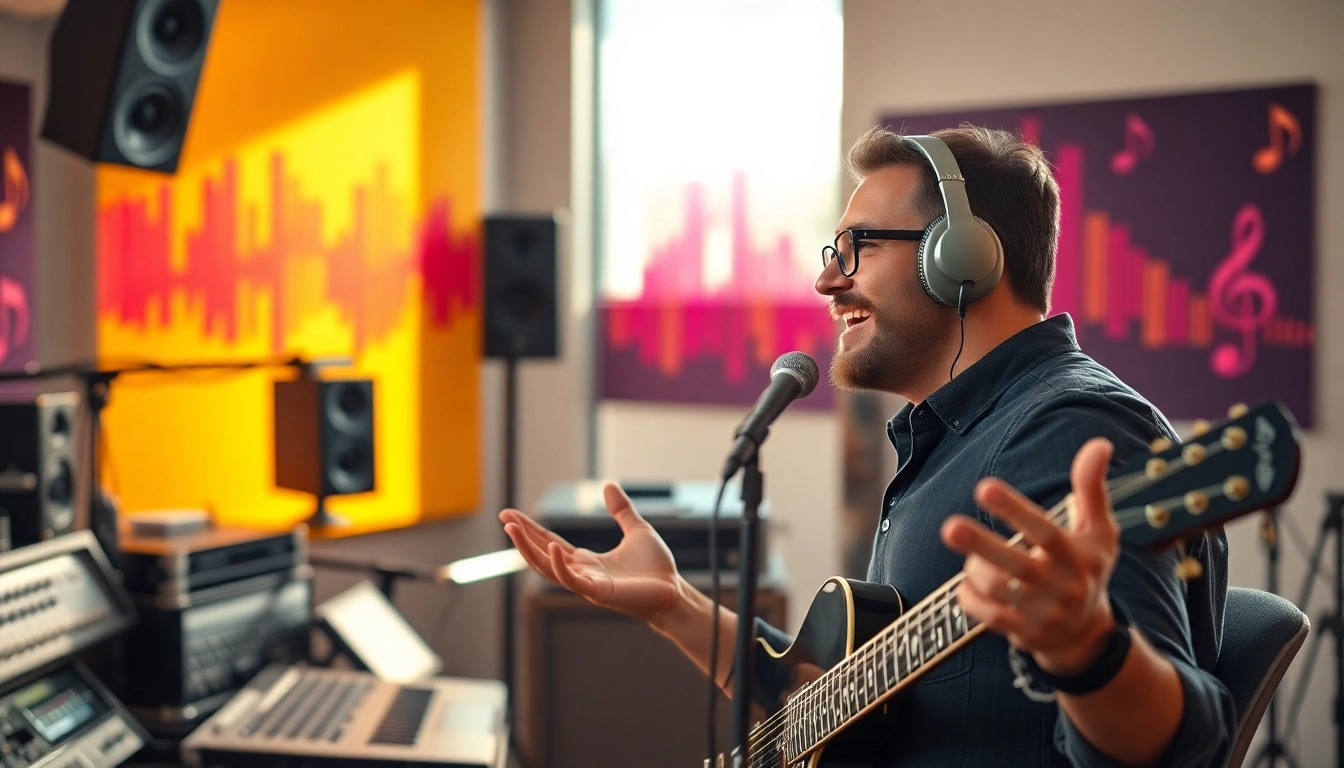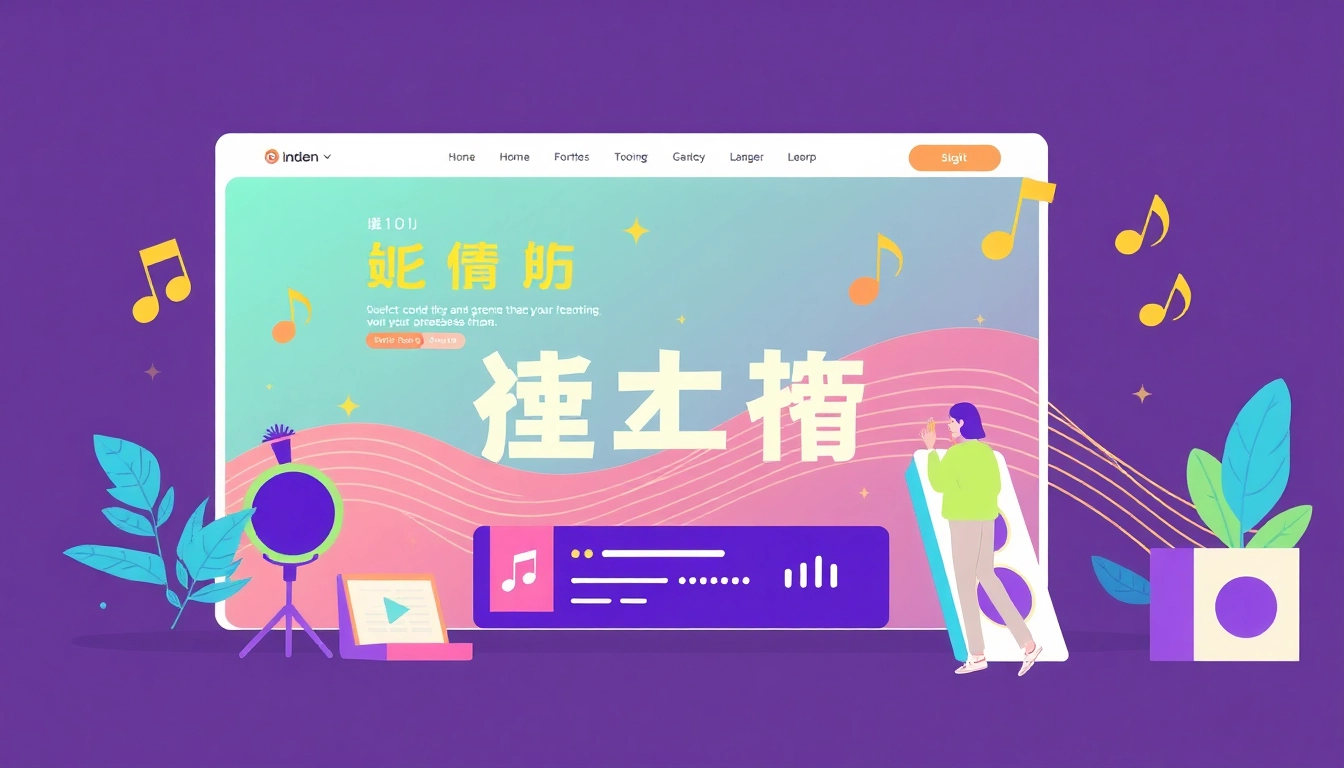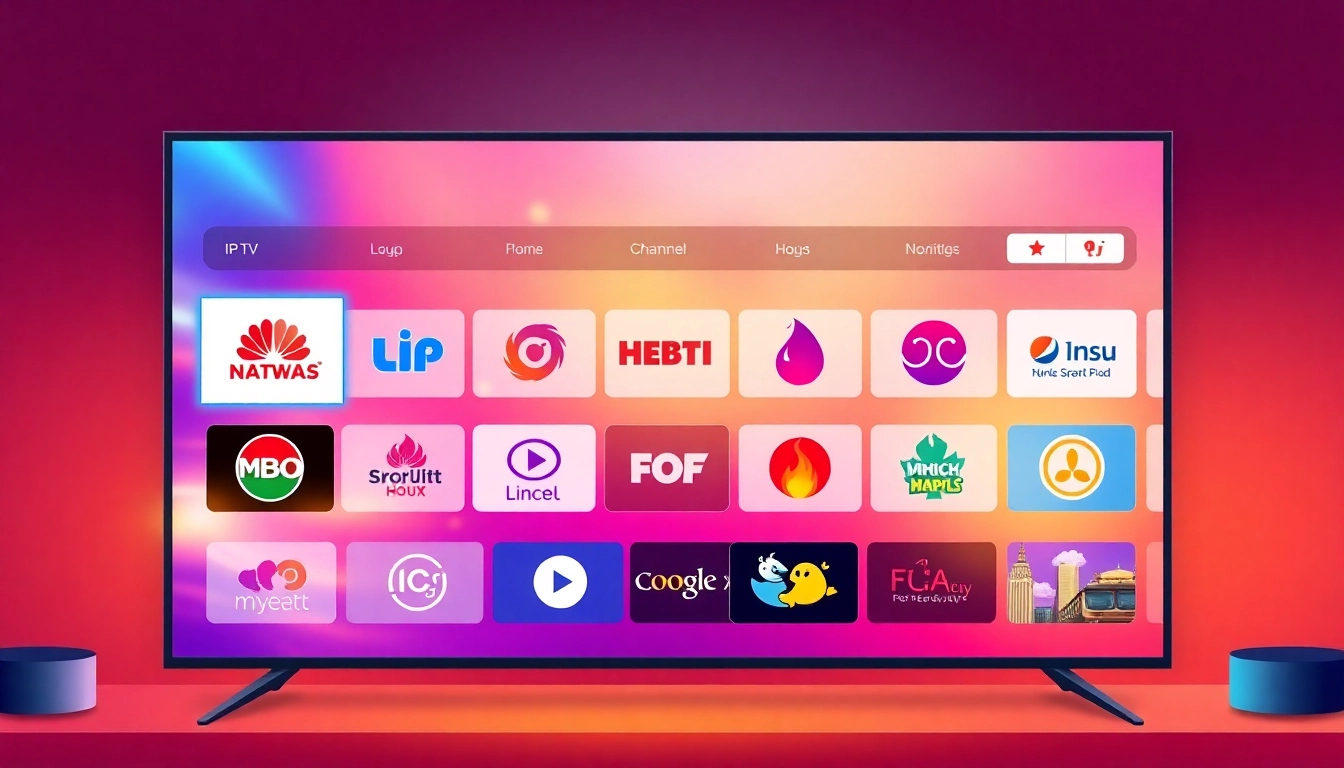Understanding Music Pitching: What It Is and Why It Matters
Definition of Music Pitching and Its Importance
Music pitching is the process of presenting and promoting a song to music industry professionals, such as playlist curators, record label executives, radio station programmers, and other influential figures within the music landscape. The goal is to get your music heard, featured, and potentially played by high-profile platforms that can significantly boost an artist’s exposure and credibility. Successfully pitching music can lead to valuable opportunities, including radio airplay, playlist placements, and performance invitations.
Understanding music pitching is crucial for any artist or songwriter, as it enables them to navigate the complex landscape of music promotion effectively. In an era where countless songs are released daily, having a strategic pitching plan can make all the difference in getting noticed.
The Role of Music Pitching in Today’s Industry
In today’s music industry, where digital streaming platforms have transformed how audiences consume music, the importance of music pitching cannot be overstated. With services like Spotify, Apple Music, and YouTube leading the charge, artists must actively seek placements on these platforms to reach broader audiences. Music pitching facilitates a direct connection between creators and curators who determine what songs receive airtime or playlist inclusion.
Moreover, music pitching is integral to building an artist’s brand. Promoting your music effectively helps in establishing connections not only with the audience but also with industry gatekeepers. Peer recommendations and curatorial endorsements can amplify or hinder an artist’s career, making excellent pitching skills non-negotiable.
Common Challenges Artists Face in Music Pitching
Despite its significance, music pitching poses several challenges for artists. Understanding these challenges is the first step toward developing effective strategies to overcome them:
- Marketplace Saturation: Every day, thousands of songs compete for attention. Many artists find it challenging to stand out due to the overwhelming volume of releases.
- Lack of Industry Connections: New artists often struggle to connect with curators and industry professionals, leaving them unable to distribute their music effectively.
- Clarity in Messaging: Crafting a clear and compelling pitch is crucial. Many artists fail to articulate why their music deserves attention.
- Understanding Curator Preferences: Every curator has unique tastes. Artists may find it challenging to target their pitches effectively without proper insights.
Preparing Your Music for a Successful Pitch
Choosing the Right Songs to Pitch
The first step in effective music pitching is selecting the right songs to present. Not all tracks are equal, and it’s vital to choose songs that represent your best work and resonate with your target audience. Here are some tips to guide your selection:
- Sonic Quality: Ensure your songs are professionally produced and mixed.
- Market Fit: Choose songs that align with the current trends in your genre.
- Unique Value Proposition: Identify what sets your song apart from others, whether it’s a unique sound, meaningful lyrics, or a noteworthy collaboration.
Creating a Compelling Artist Bio and Press Kit
When pitching music, a well-crafted artist bio and press kit are essential tools. These materials provide context and background for your music, helping curators understand who you are and what you represent as an artist. Consider including the following elements:
- Artist Bio: Tell your story—who you are, your musical journey, influences, and achievements.
- Press Photos: Include high-quality images that represent your brand visually.
- Music Links: Provide easily accessible links to your best tracks, whether it’s through Spotify, SoundCloud, or your website.
- Press Coverage: If applicable, include quotes or features from previous media coverage to lend credibility.
Understanding Your Target Audience and Curators
Knowing your audience is a vital aspect of effective pitching. You must research potential curators and understand who they are, what they promote, and how your music fits into their vision. Invest time in discovering them through social media, Spotify playlists, and industry blogs.
Also, understanding demographic insights can aid your strategy. For example, if your music appeals to younger audiences, targeting playlists popular among that age group can result in a more effective pitch.
Techniques for Effective Music Pitching
Crafting a Persuasive Pitch Email
Your pitch email is your introduction to industry professionals and needs to make a lasting impression. Here are key components of an effective pitch email:
- Personalization: Always personalize your emails. Address the recipient by name and mention any relevant reasons for your outreach.
- Concise and Engaging: Keep your email brief yet engaging. Highlight crucial points such as your musical accomplishments and the track you’re pitching.
- Call-to-Action: Clearly state what you want the recipient to do after reading your email—listen to your track, watch your music video, or consider you for a feature.
Utilizing Social Media and Networking
Social media is a powerful tool in the music industry, serving as both a promotional platform and networking avenue. Engaging with curators, influencers, and fans can create organic interest in your music. Here’s how to leverage social media:
- Connect Directly: Follow and interact with curators or influencers in your genre. Share their content and make valuable connections.
- Showcase Your Work: Use platforms like Instagram, TikTok, and Twitter to share snippets of your music, behind-the-scenes content, and personal updates.
- Join Communities: Engage with music-related communities where you can share your music and gain feedback.
Timing Your Pitch: When to Reach Out
Timing can be crucial when it comes to music pitching. Aim to pitch your music at the most advantageous time to maximize your chances of receiving a response. Key timings include:
- Pre-Release: Submit your pitch at least two weeks before your release to allow curators to consider it and potentially feature it on playlists immediately upon release.
- Strategic Days: Research when specific curators or blogs typically feature new music. Target these days in your outreach.
Maximizing Your Reach with Playlists and Blogs
Identifying the Right Playlists for Your Genre
Playlists can significantly influence your reach, making it essential to identify those that align with your music style. Use tools like:
- Spotify for Artists: Access analytics to discover who is listening to your music and find playlists relevant to your genre.
- Playlist Research Tools: Websites like Chartmetric or Soundcharts can help you analyze playlist performance and discover opportunities.
Building Relationships with Playlist Curators
Building genuine relationships with curators can facilitate more successful pitching. Here are strategies to help you connect professionally and personally:
- Be Authentic: Show genuine interest in a curator’s work, commenting and sharing their playlists or posts.
- Stay in Touch: Regularly communicate with curators, sharing updates about your music and participation in their playlists.
Submissions to Music Blogs: Strategies and Tips
Submitting to music blogs requires a different approach than playlist pitching. When targeting blogs, consider the following strategies:
- Research Alignment: Ensure the blog’s content fits your genre and style before submitting your music.
- Follow Submission Guidelines: Adhere to the specific submission guidelines outlined by the blog. Tailored pitches yield better responses.
Measuring Success and Iterating Your Approach
Analyzing Results: Key Performance Indicators
Measurement is a crucial part of effective music pitching. Consider tracking the following KPIs for continuous improvement:
- Pitch Response Rate: Measure how many curators respond to your pitches. If the rates are low, reassess your pitch quality.
- Streaming Increase: Analyze whether your music sees an increase in streams post-pitching. A significant uptick is a positive indicator of success.
Adapting Your Strategy Based on Feedback
Feedback from curators and your own performance metrics can guide your future pitching strategy. Create a feedback loop, regularly collecting and analyzing data that informs your approach moving forward.
The Importance of Persistence in Music Pitching
The journey through music pitching is often fraught with rejection and non-responses. Persistence is key; refining your approach and continuing to reach out can eventually lead to the success you seek. Stay committed to your goals, and keep experimenting with different pitches to find what works best for you.















Leave a Reply